I have long had in interest in the Second World War in the Far East, whether it be the campaign in Burma or the long protracted Sino-Japanese conflict. The Japanese approach to war and the nature of the terrain meant the war in the Far East was very different from that in Europe or the Mediterranean, presenting unique challenges for all armies.
Discovering the Chain of Command Malaya 1942 campaign was my original inspiration to put together a Japanese force for this theatre.
A great starting point and a rich source of information on the structure of Japanese ground forces can be found in the two 'Rikugun' books by Leland Ness. I was lucky enough to get them when first published. I say lucky because unfortunately, at the time of writing, these are out of print and now fetch quite high prices.
I began by building my platoon based on the list used for the Malaya 1942 pint-sized campaign for Chain of Command.
The Japanese range is not extensive and is essentially made up of three rifle squads including an NCO and one Type 11 light machine gunner. All three squads come in the same set of poses, with the only difference being the head wear - the options being helmet with camouflage, plain helmet, or forage cap.
The Japanese had two versions of their light machine gun. The Type 11 was the most commonly used by the infantry as it was lighter than the Type 97 which was more often found mounted in AFVs and vehicles. It looks like most of the Eureka sculpts are the Type 11, like this one in the Palm Spring Air Museum:
The Australian War Memorial Museum also has a Type 97 on display:
As does the Army Museum in Hawaii.
The Palm Springs Air Museum has a good selection of Second World War small arms (especially considering it is primarily an air museum). That includes a good range of Japanese rifle types:
Eureka also include standard bearers in each squad. I know Japanese made much use of flags but I don't believe they carried them right down to squad level. However when I discovered that the army list for Japanese platoons in the Malaya 1942 campaign included fourteen man squads it was soon apparent that I would need every figure I could get my hands on. I found some nice images of suitably worn looking IJA flags by surfing the net. Once resized down to this scale I simply printed them out and used diluted PVA glue to attach and shape them.
Perhaps a touch ahistorical, but they add some flavour to the table.
Once I had realised that large Japanese squads were not at all uncommon early in the war I knew that I needed to find a source for a few more figures. Rather than repeat the poses in the Eureka range I have found the figures from Simon's Soldiers (formerly Wartime Miniatures) a great addition and they helped to add the variety I needed.
With all the Eureka LMG gunners standing I also like the fact that the LMG team from Simon's Soldiers gave me a prone team who appear to be firing a Type 97 LMG.
As you can see below, the figures from the two different ranges match well together.
I also have some figures from the Early War Miniatures range, but I have mixed feelings about these. They seem to have come from different sculptors and so the quality can vary.
The two EWM figures pictured below match well with the other ranges. They are also nice sculpts, but sadly that doesn't apply to all the figures from EWM.
Originally I had looked at the EWM range because they had figures with submachine guns and I wanted a few of these to use when taking those weapons as support upgrades for the squad leaders. However I wasn't impressed with the sculpts at all, they were rather crude and as you can see from the picture below even a decent paint job won't redeem the SMG gunner.
Talking of grenade dischargers, a squad equipped with these makes up the fourth squad of the standard Japanese platoon with three grenade discharger teams. Eureka do a nice team but they only do it in the one pose. It's a good, dynamic pose but given the teams all act together in the one unit that means during a game they will be close to one another and it looks a bit repetitive.
Simon's Soldiers make a grenade discharger team and that's allowed me to introduce some variety into the squad.
The grenade discharger is a fairly large weapon and I think the Eureka version is a better size than the one from Simon's Soldiers, which seems a little on the small size. Here are two that I found on display in the Army Museum in Honolulu.
The Australian War Memorial Museum also has a few on display, including this one with a mannequin which gives a good idea of its size relative to the man firing it.
The basic Japanese platoon has two senior leaders, a Rikugan Cho-i (second lieutenant) and a Gunso (sergeant). The Gunso operates as an inferior senior leader (having only two command initiatives rather than the usual three). Then there are four corporals, one to command each of the rifle squads and one to command the grenade discharger squad.
The Eureka range only include a NCO/Officer figure with a drawn sword in similar poses. I have three based as squad corporals and one as the platoon senior leader.
While the squad corporals did indeed carry a sword they were also armed with a rifle and so I have these three NCOs with rifles which come from SHQ. Some people find the SHQ figures rather slim when compared with other ranges but I find these don't look out of place with the others I have.
To add variety to the senior leaders I have two from the Early War Miniatures range, one with a pistol and one with a sword.
That covers the core basic platoon, which as you can see is a large four squad platoon. Support weapons and teams come from a number of manufacturers.
Eureka have a Type 92 medium machine gun team.
I managed to find an excellent set of plastic figures and weapons to fill a number of gaps in the support lists. This set was originally produced by Waterloo 1815 but is now more widely available under licence from Italeri.
This set contains two sprues with enough to build two Type 92 70mm guns (called M92 Light Howitzer by Italeri) with their crews. In addition there are two rifle grenadiers, two tank hunters with pole charge, two Type 92 20mm anti-tank rifle teams and four figures with binoculars. All in all, a very useful set of figures and weapons.
The tank hunter, anti tank rifle and rifle grenadiers are all very common support elements.
Ironically I have found a crew from Simon's Soldiers my preference to crew the Type 92 70mm gun that comes with the set.
Having said that, one of the prone figures with binoculars from that Italeri set makes for the perfect gun commander.
These all carry the Type 100 submachine gun, one of which I found on display in the Australian War Memorial Museum (you can see in the picture below above the light machine gun).
I think the marked superiority of the 172 Scale Miniatures figures can be seen in the picture below.
The most common Japanese tanks for most of the campaigns I want to cover are the Type 97 Chi Ha and the Type 95 Ha Go. Not many Japanese tanks survived the war but I've come across a few in various museums.
To get some idea of quite how small these tankettes can be, here are they are alongside a 20mm figure.
A flamethrower was one outstanding addition to the support lists and this one came from Simon's Soldiers.
Ironically I have found a crew from Simon's Soldiers my preference to crew the Type 92 70mm gun that comes with the set.
I've seen a few of these guns. This one below is in the Army Museum in Honolulu and has the metal wheels which match the Italeri model.
This one below is in the military museum in Beijing and has spoked wheels. I'm not certain whether those wheels are a Chinese adaptation (of a captured weapon) or is an earlier model.
Early War Miniatures make a Type 94 37mm anti tank gun with three crew and I use the additional crew figures from Simon's Soldiers to make up the remaining members of the crew.
Here is a Type 94 that I found in the collection of the museum in Beijing.
The more powerful 47mm AT gun first appeared in 1942 and proved much more effective against allied armour. This gun and all the crew are from SHQ. As I've mentioned, I find the SHQ figures slimmer than those in other ranges but when grouped together on their own in a setting like this I think they don't stand out as that different. Regardless they always paint up well and look the part.
I've seen a couple of these gun. One in the Military museum in Beijing.
And this one at the Army Museum in Hawaii.
The Italeri figures with binoculars have come in useful not only to fill the role of commanders of gun crews but also for a Japanese themed jump-off-point.
The Japanese were also equipped with SMGs. These are available in the support lists as an upgrade for a junior leader. I have also discovered that the platoon HQ in a SNLF unit included three men with SMG who accompanied the platoon leader. I wanted to add these to the collection but I had trouble finding suitable figures. As mentioned earlier, at first I settled for the SMG armed figure from Early War Miniatures, as that was the only one I could find in 20mm. The sculpt didn't look great on their website and my suspicion was confirmed once they arrived. Nonetheless they seemed to be the only figures available and so I painted them up. I based some as junior leaders and others as regular infantry. Fortunately, someone directed me to 172 Scale Miniatures, a manufacturer I was unaware of, and they have a lovely set of eight figures armed with SMGs. These were not only better looking sculpts, they would also give me a greater variety of poses.
The figures with rocks on the base are to mark them as junior leaders, those without rocks are other ranks. Those can fill a number of roles including the three man team that accompanies the senior leader of the SNLF platoon.
These are a great improvement and now give me a number of different figures from various suppliers to use as junior leaders.
The 172 Scale Miniatures range also included sets of two prone snipers. My understanding is that what the Allies often considered 'snipers' were simply normal riflemen firing from concealed positions. These men were not necessarily even marksmen and yet the perception remains that the Japanese made a greater use of trained snipers than was actually the case.
Despite this I always find a few prone figures useful, even if only for additional crew members for the grenade discharger teams.
The Tank Museum at Bovington has a Ha Go in good condition.
I also found one outside the Army Museum in Honolulu.
I bought a set of Japanese model tanks on eBay several years ago. These were already painted and required very simple assembly. While not the most detailed kits I picked up three Ha Go for a very reasonable price and with a bit of detailing and a new paint job they were fine for gaming.
The Type 97 Chi Ha is harder to find but there is one in the museum at the Yasukuni Shrine museum in Tokyo.
There is also one in the military museum in Beijing.
The model I've been using for my Japanese force is the venerable old Airfix kit from the 1970s, which I think has held up very well considering its age. I have a couple of those.
For earlier in the war and mainly for China I have a Type 89, this is a more modern and detailed kit from IBG.
I also have three Type 94 tankettes. Also known as the Te-Ke these were the most numerous of the Japanese light tankettes, with many more built than the Ha Go. Most were used in China in a reconnaissance and infantry support role. While not well armoured the Chinese infantry had little that could penetrate them. They also saw action in the conquest of Java and Timor as well as Burma and the Philippines. These are resin models from Milicast.
For non-mechanised transport I have this team of three mules and their handlers from the 172 Miniatures range. I have in mind these might work well as one of the targets of a raid behind the lines by Chindits in Burma or by Chinese Communists in China.
Last, but not least, I like to have patrol markers themed for all my nationalities and the Japanese are no exception. These were designed by John Bond. I print them out and attach to 40mm MDF round bases.
Many of these figures and models can be seen in action in the game reports for the Chain of Command campaigns that can be found on this page.
They were used to play the Malaya 1942 campaign against the Australians. This was a tough campaign for the Aussies who had to try to hold back the Japanese with only limited resources.
It proved very enjoyable and tactically challenging for both sides. You can find the report for the first game here (and then follow the links at the end of each game report for the rest of the campaign).
They were also used to play a Chain of Command campaign that was published in an issue of Wargames, Soldiers and Strategy magazine entitled Last Stand on Opium Hill and set just before the fall Singapore. This time a unit from the Malaya Regiment was trying to hold back the Japanese tide on the outskirts of the city. You can find the first game report here.
You can see several of my other 20mm collections for the Second World War by clicking on this link 20mm Miniatures.







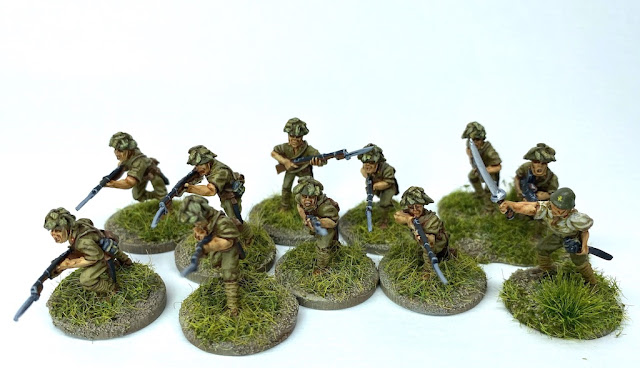



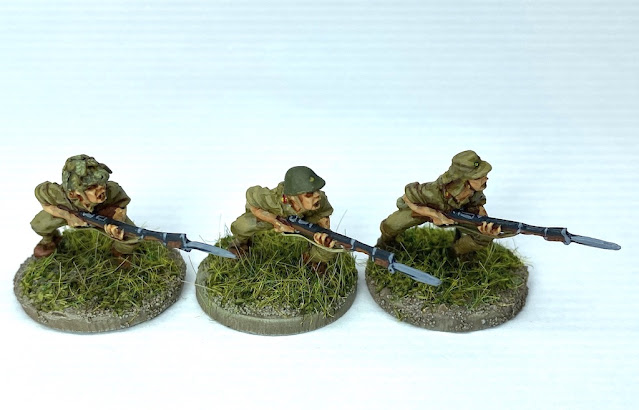






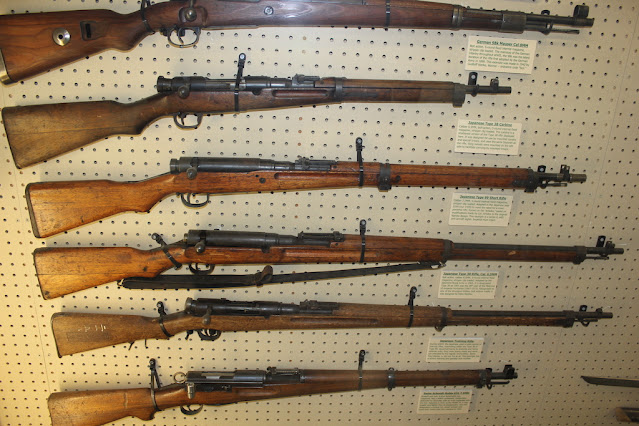














































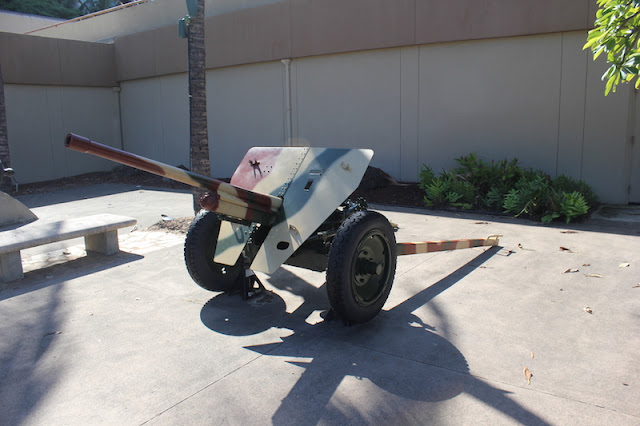

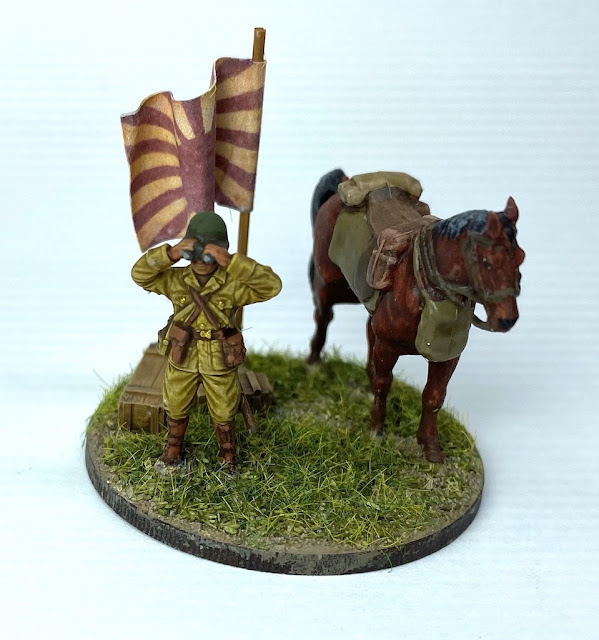




























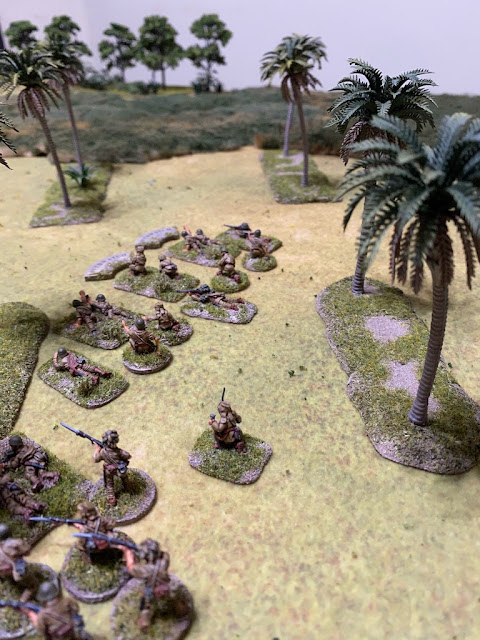
0 Yorumlar